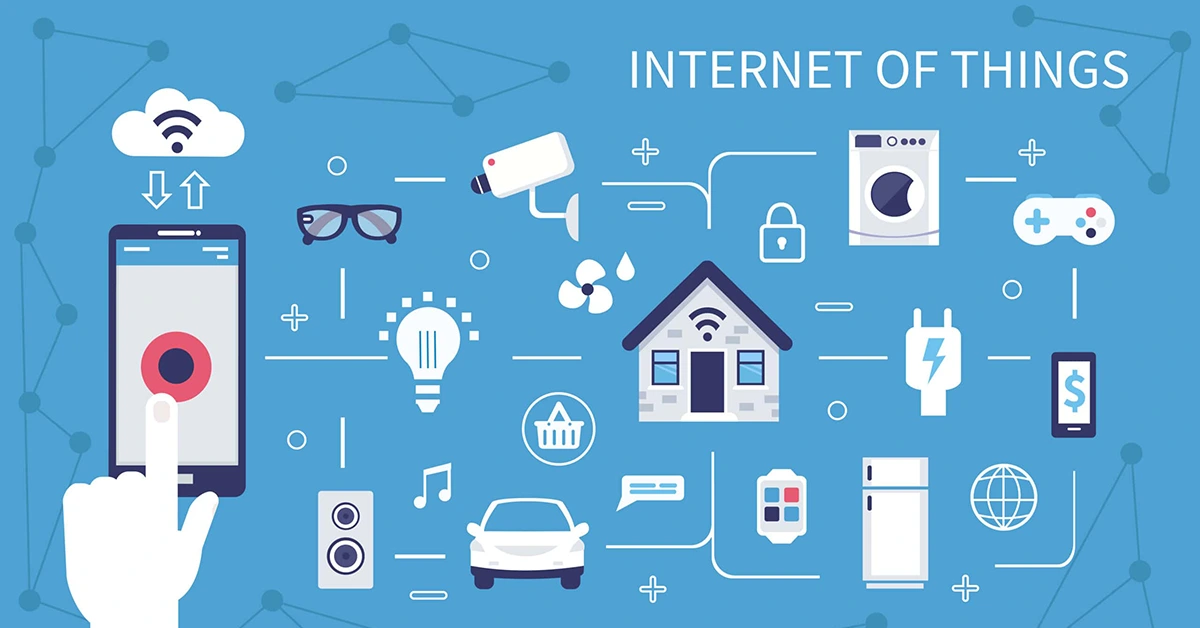
In recent years, the Internet of Things (IoT) has emerged as a transformative force, revolutionizing the way businesses operate. As a small business owner, understanding IoT and its implications can be crucial for staying competitive and future-proofing your operations.
Defining IoT
IoT refers to the network of interconnected devices embedded with sensors, software, and other technologies, enabling them to collect and exchange data. These devices can range from everyday objects like smartphones and wearable devices to specialized equipment used in industries like manufacturing and healthcare.
The adoption of IoT devices is rapidly increasing, with millions of devices already in use across various industries. According to Statista, as of 2023, there were an estimated 13.8 billion IoT devices in use worldwide, spanning from consumer electronics to industrial machinery. These devices are revolutionizing industries by enabling automation, data-driven decision-making, and enhanced connectivity. By 2025, the number of IoT devices worldwide is projected to reach 30.9 billion, indicating a significant growth trend. (1)
For small businesses, this exponential growth in IoT presents both opportunities and challenges. Adopting IoT can help small businesses streamline operations, improve efficiency, and enhance customer experiences. However, it also raises concerns about security, data privacy, and the need for robust infrastructure to support IoT deployments.
IoT Opportunities for Small Businesses
By leveraging IoT devices and the data they generate, small businesses can:
- Optimize Operations: IoT enables businesses to monitor and manage their operations in real-time, leading to better resource allocation and cost savings. For example, a small retail store can use IoT-enabled inventory management systems to track stock levels and automate reordering processes, reducing the risk of stockouts and overstocking.
- Improve Customer Experience: IoT allows businesses to personalize their products and services based on customer preferences and behavior. For instance, a small café can use IoT-connected beacons to offer personalized promotions and discounts to customers based on their past purchases and location.
- Enable Remote Work: With IoT, businesses can empower their employees to work remotely more efficiently. IoT devices like smart cameras and sensors can facilitate seamless communication and collaboration among remote teams, leading to increased productivity and flexibility.
IoT Trends for Small Businesses
Looking ahead, several trends are poised to reshape the landscape of IoT for small businesses:
- Edge Computing: Edge computing involves processing data closer to the source (i.e., IoT devices) rather than relying on centralized cloud servers. This trend is gaining traction due to its ability to reduce latency, enhance data security, and improve overall system performance. For example, in the healthcare industry, edge computing can enable IoT devices to process patient data in real-time, facilitating faster diagnosis and treatment.
- 5G Connectivity: The rollout of 5G networks is set to revolutionize IoT by offering faster speeds, lower latency, and greater connectivity. Small businesses can leverage 5G to enhance their IoT applications, enabling them to deliver more immersive experiences and services. For instance, a small construction firm can use 5G-connected drones to monitor construction sites and gather real-time data for better project management.
- AI and Machine Learning Integration: AI and machine learning are increasingly being integrated into IoT devices to enable them to learn from data and make intelligent decisions autonomously. This trend holds immense potential for small businesses, as it can help them automate routine tasks, analyze complex data sets, and gain valuable insights. For example, a small manufacturing company can use AI-powered IoT devices to optimize its production processes, leading to increased efficiency and cost savings. (2)
Securing IoT Devices
While IoT offers numerous benefits, it also raises significant security concerns for small businesses. IoT devices are often vulnerable to cyberattacks due to their interconnected nature and the vast amounts of sensitive data they collect and transmit. (3) To mitigate these risks, small businesses should implement the following security best practices:
- Regular Software Updates: Ensure that IoT devices are regularly updated with the latest security patches and firmware updates to protect against known vulnerabilities.
- Strong Authentication: Use strong, unique passwords for IoT devices and enable two-factor authentication (2FA) where possible to prevent unauthorized access.
- Data Encryption: Encrypt data both in transit and at rest to protect it from being intercepted or accessed by unauthorized parties.
- Network Segmentation: Segment your network to isolate IoT devices from critical business systems, reducing the impact of a potential breach.
- Monitoring and Logging: Monitor IoT devices for unusual activity and log events to detect and respond to security incidents promptly.
Embracing the IoT Revolution
IoT represents a paradigm shift in how small businesses operate, offering unprecedented opportunities for growth and innovation. By understanding and embracing IoT trends, small business owners can position themselves for success in an increasingly connected world.
Dynamic Edge Can Help
Since 1999, Dynamic Edge has helped hundreds of small and mid-sized businesses maximize the return on their technology investment. Contact us today for a free network assessment, so that we may help you implement cost-effective security solutions to keep your organization and its clients safe and productive. Our Help Desk features friendly, experienced engineers who answer calls live and solve more than 70% of issues on the first call.
- https://www.statista.com/statistics/471264/iot-number-of-connected-devices-worldwide/
- https://www.abiresearch.com/blogs/2024/01/30/current-and-future-iot-trends-and-statistics/#:~:text=Growing%20at%20a%20Compound%20Annual,at%20a%20CAGR%20of%2014%25.
- https://www.paloaltonetworks.com/cyberpedia/how-to-secure-iot-devices-in-the-enterprise


